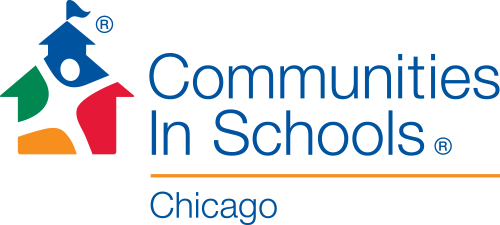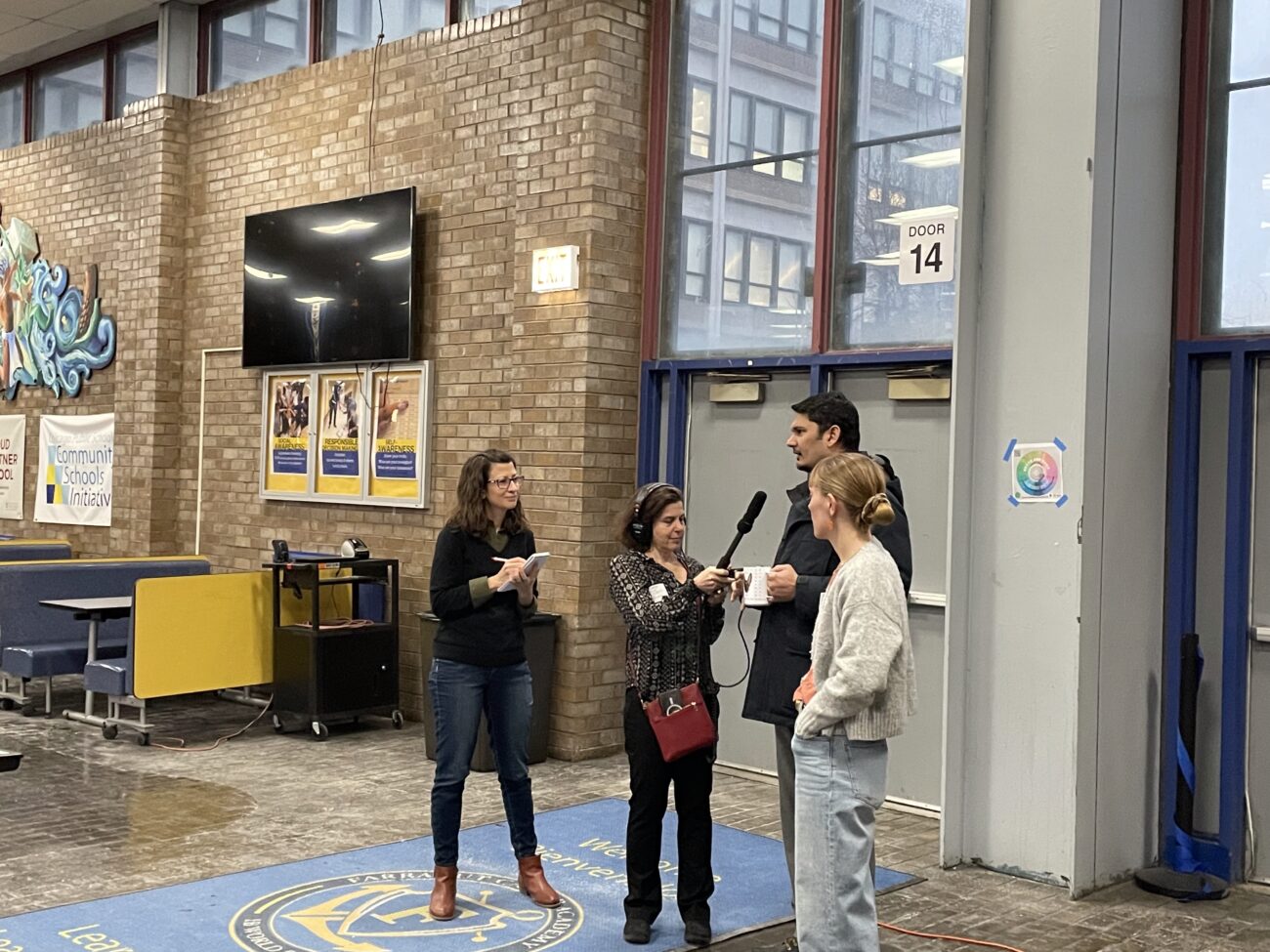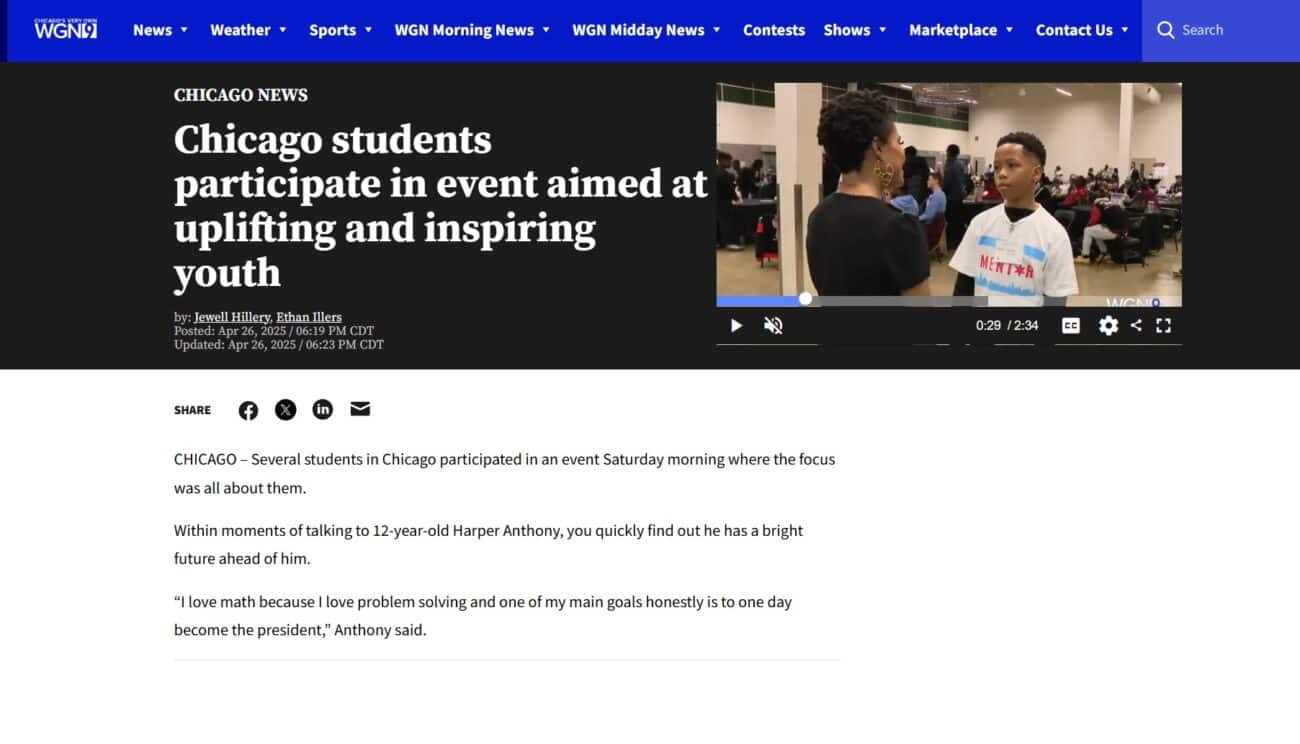Bart St. John, our Chief Innovation and Communications Officer, shares with the Daily Herald Business Ledger the role of the business community in ensuring that our young people receive the supports they need during this challenging time.
We have learned the hard way that the coronavirus outbreak is not an equal opportunity pandemic. It is having an outsized impact on certain segments of society: The elderly. People of color. Economically disadvantaged communities. And children.
While young people have fared relatively well against the health consequences of COVID-19, they’re not immune to other pernicious effects of the disease. In just three short months, kids have seen their lives utterly disrupted. From the suspension of in-person school, to the cancellation of birthday parties, play dates, and graduation ceremonies, they have borne a huge burden thanks to a microscopic pathogen.
In “normal times,” my organization places caring adults in Chicago’s public schools to help students overcome obstacles to learning and stay on the path to graduation. Since in-school learning was suspended in mid-March, we have migrated our work entirely online and have witnessed the toll of social isolation on young people. In short, the virus has traumatized our schoolchildren. They miss their teachers and friends. They battle boredom and loneliness. And they worry about what life will look like in the future.
These fears are shared throughout the metro area, as young people adapt to the new normal of social distancing and e-learning. Those challenges are compounded for kids living in suburban communities whose poverty rates rival Chicago’s under-resourced neighborhoods — think economically struggling municipalities like Dolton, Harvey, and Robbins.
There is a growing concern that COVID-19 will render America’s youth “a lost generation,” that they will be at a permanent disadvantage unless we pull together to support them. By “we,” I don’t just mean educators. I’m talking about the full body politic, from parents and teachers to neighbors and social service organizations.
Businesses also have a role to play. And it isn’t limited to writing checks, though monetary support certainly helps at a time when GDP is cratering at a shocking clip and the official unemployment rate nears 15 percent. It’s easy to feel overwhelmed by the magnitude of need engendered by the pandemic. Because of that, business leaders should explore providing employees modest but meaningful ways to give back as well.
Here are three ideas that we’ve seen work to good effect:
- Hope Notes: Our donors asked us for additional, non-monetary ways to support our students and make their employees feel like they were making a difference. We encouraged their creativity and asked them to make Hope Notes. In less than two weeks, volunteers shipped nearly 1,000 short, positive messages to schools across Chicago. Our donors said they loved making the notes while principals at our partner schools have been excited to share them with families.
- Join a Nonprofit Board: Are you a seasoned CFO with years of experience taming balance sheets? Or maybe an IT expert for a Russell 1000 company? Consider offering that expertise to an organization on the front lines helping kids. More than ever it will help those nonprofits carry out their mission!
- Stand By a School: Schools and students need extra help to get through these extraordinary times. Give that effort a boost by contacting your local school. The average principal is every bit as entrepreneurial as a startup founder and will find ways for your company to support kids!
There’s an old saw that says a crisis should never go to waste. Business leaders should take that advice to heart and leverage their expertise to help schools and nonprofits support our young people through one of the most challenging times in America’s modern history.
Read the full article here by navigating to page 33.




